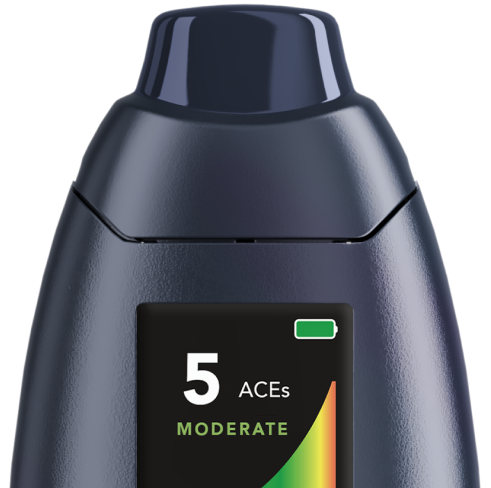Biosense & Fasting
“Based on research, user feedback and personal experience through using the device during fasting, we think that breath acetone is a superior biomarker for quantifying the metabolic response to fasting and tracking fat metabolism over time.” – Dr. Dominic D’Agostino
What is Fasting?
Fasting focuses on refraining from caloric foods or beverages for an extended period of time. Fasting is an effective weight-loss method that creates an environment in which the body is forced into a metabolic switch from its primary and preferred fuel, glucose, to fat. This may translate to weight loss, better blood sugar management, reduction of metabolic biomarkers, and of course, a biological journey to ketosis.
Benefits of Fasting:
While fasting can be challenging and in some cases, uncomfortable, it has been associated with a wide array of potential health benefits.Weight Loss Support
Fasting increases your metabolic rate, which in turn helps you burn more calories. According to Harvard Health, when our insulin levels go down, our fat cells release stored sugar which is used as energy. So when you fast, you are allowing the insulin levels to drop far and long enough so that fat is burned and used for energy.
Fights Infections
Autophagy can trigger an immune response when necessary, forcing your body to attack infectious pathogens before they become a larger problem. Equally as important, autophagy can also facilitate the removal of toxins created by infections, which is extremely beneficial for fighting off food-borne illnesses.
Improved Cognitive Function
One study found that intermittent fasting may be a solution to combat the cognitive impairment that occurs during the aging process. Research also reveals that fasting may boost brain function by increasing levels of a protein that promotes neuron growth.
Fights Inflammation
A 2019 study has concluded that fasting improves chronic inflammatory diseases, such as diabetes, multiple sclerosis, and inflammatory bowel syndrome.
Enhances Heart Health
Regular fasting can potentially improve some risk factors related to heart health. In one study, people practicing an alternate day of fasting lost 12 pounds over eight weeks, and their total cholesterol dropped by 21%, and their “bad” cholesterol fell by 25%.
Improves Immune System
Research shows that cycles of prolonged fasting not only protect against immune system damage but also induce immune system regeneration, “shifting stem cells from a dormant state to a state of self-renewal.

